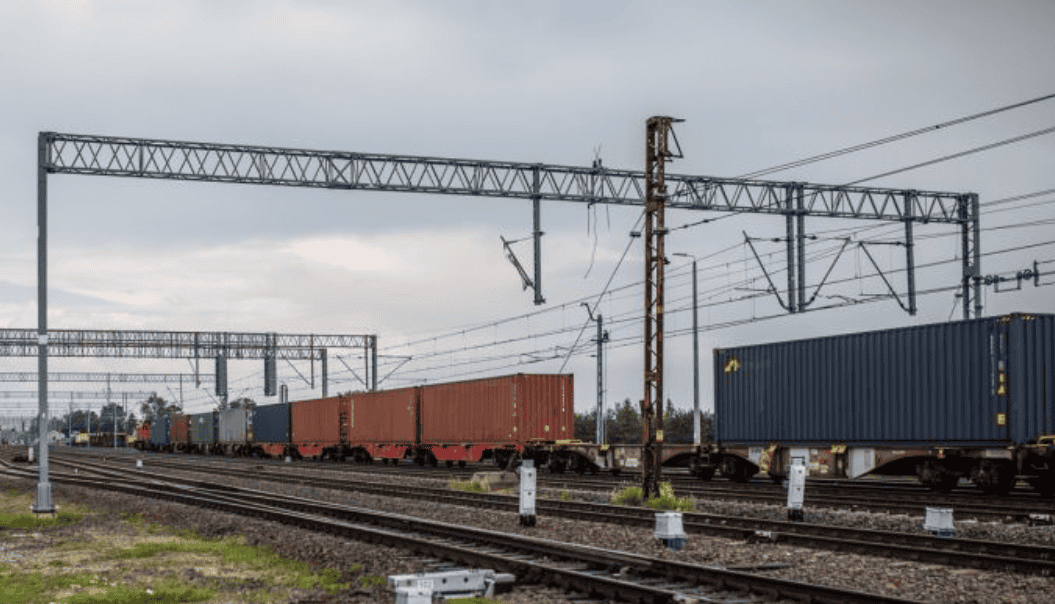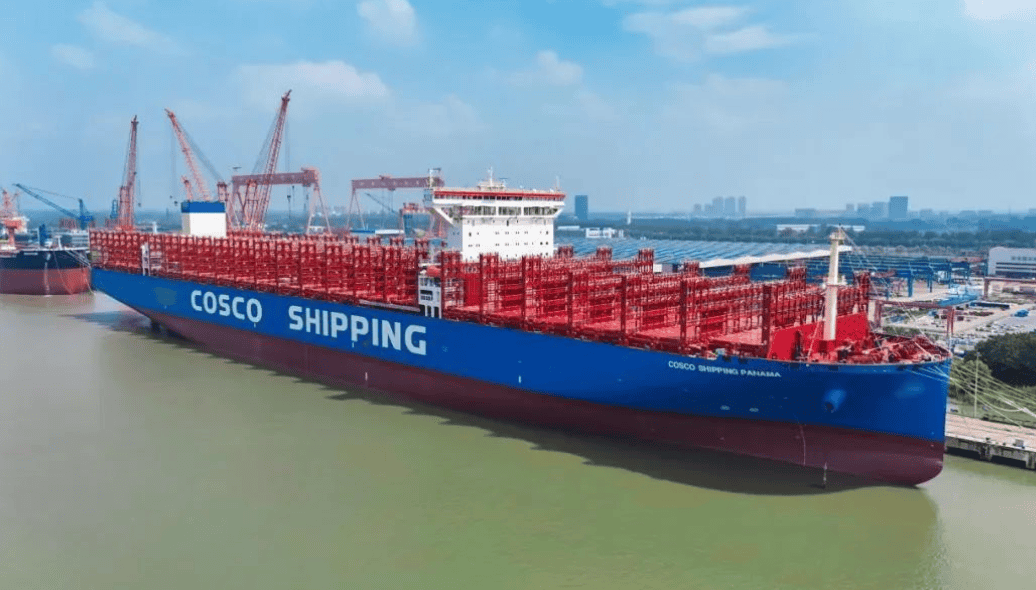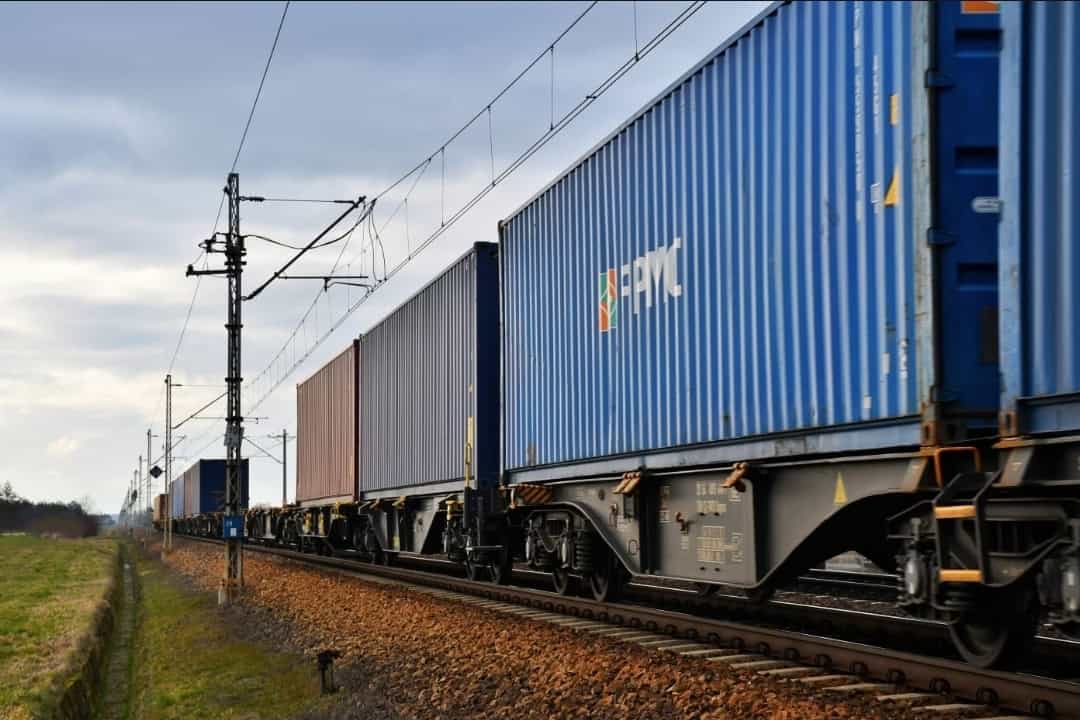After nearly two weeks of suspended border traffic between Poland and Belarus, the border is set to reopen at midnight from Wednesday to Thursday (September 24/25). The decision was announced by Prime Minister Donald Tusk, and the corresponding regulation was signed by Interior Minister Marcin Kierwiński.
Politics versus logistics
The closure of the border on September 12 had a security dimension — against the backdrop of the Zapad-2025 military exercises and the risk of provocations. Politicians spoke of the need to protect the state, while the industry spoke of mounting costs with each passing day. Trains stopped on the tracks, and transshipment terminals stood empty.
The government withstood the pressure for less than two weeks. In the end, the economic argument prevailed. Prime Minister Donald Tusk openly admitted that transport — including rail — was one of the main factors that determined the decision.
Freight rail caught in the middle
At the eastern border crossings, rail became a victim of political decisions. Overnight, supply chains were broken, intermodal transport toward Belarus and further east was suspended. Operators such as PKP Cargo Connect were forced to cancel services and lose contracts.
For carriers, every day counts. On the broad-gauge tracks on the Belarusian side, trains loaded with goods were waiting, while on the Polish side — warehouses and contractors. The time wagons spent stuck in queues brought losses amounting to millions of złotys.
Relief, but with unease
The reopening of the border is certainly a relief. Locomotives will run again, the Małaszewicze terminals will breathe easier, and forwarders will be able to rebuild client trust. Yet the situation shows how fragile the foundations of eastern transport corridors really are.
It is not the first time Polish rail has been held hostage by geopolitics. Different track gauges, time-consuming transshipments, and political uncertainty mean that every crisis hits the sector twice as hard.
What’s next?
Reopening the border does not solve the problem. It is more of a truce. Just one new signal of threat would be enough to halt traffic again. For the industry, this means a need to seek alternative corridors and backup plans.
For now, however, carriers hope that tomorrow at dawn the first freight trains will once again pass through Terespol, Kuźnica, and Siemianówka. In the industry, there is a sigh of relief, but also a pressing question: how long will this reopening last?



